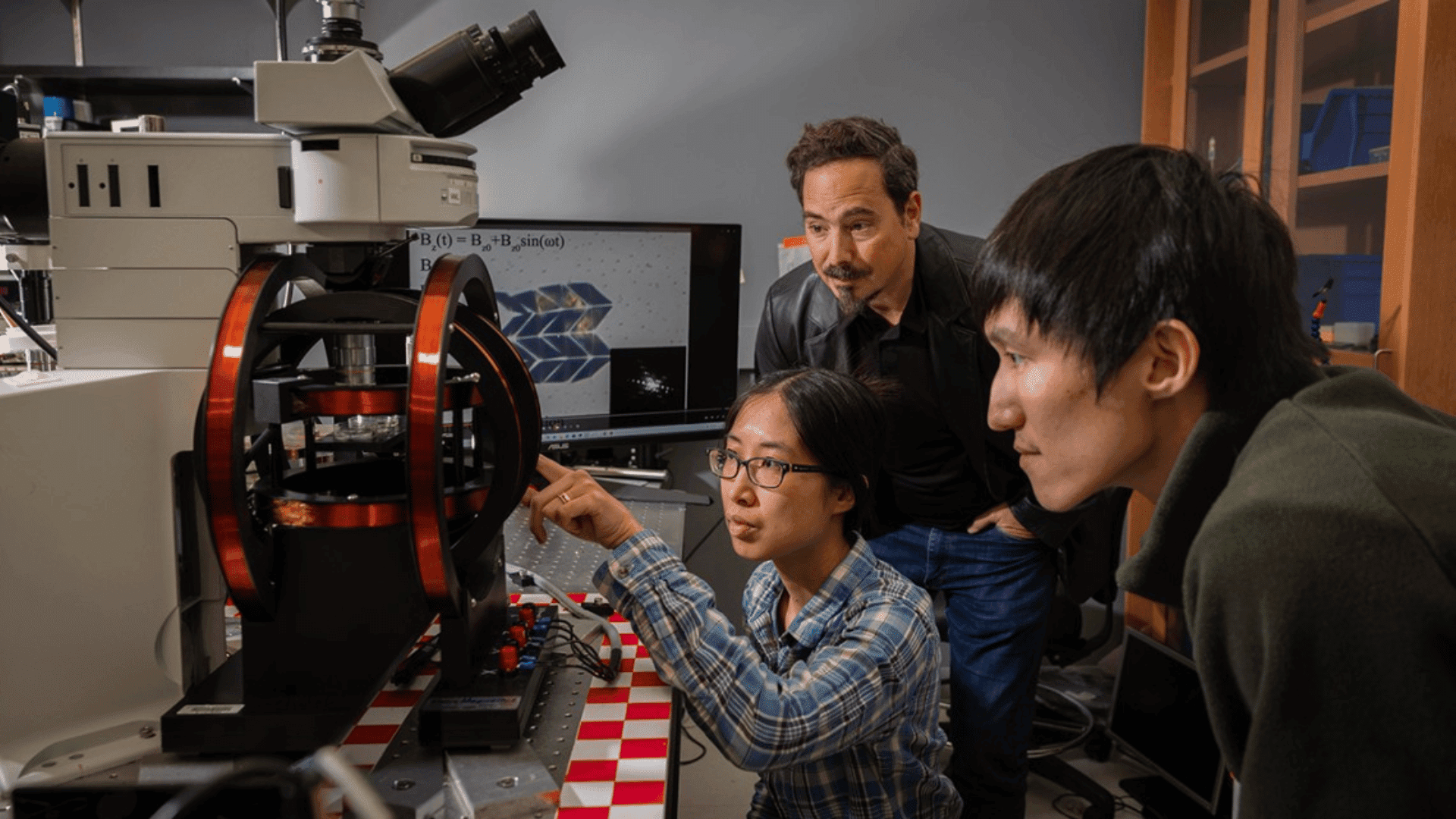Cornell researchers have created the world’s smallest walking robot, designed to be small enough to interact with waves of visible light and still move independently. This allows the robot to maneuver to specific locations, capture images, and measure forces at the scale of the body’s smallest structures.

“A walking robot that’s small enough to interact with and shape light effectively takes a microscope’s lens and puts it directly into the microworld,” said Paul McEuen, the John A. Newman Professor of Physical Science Emeritus in the College of Arts and Sciences (A&S), who led the team. “It can perform up-close imaging in ways that a regular microscope never could.”
Despite Cornell scientists already holding the record for the world’s smallest robot previously at 40-70 microns, the new diffractive robots are significantly smaller at 5 microns to 2 microns. Controlled by magnets making a pinching motion, the robots can inch-worm forward on a solid surface or “swim” through fluids with the same motion.
Diffractive robotics connects untethered robots with imaging techniques that depend on visible light diffraction. The technique requires an opening of a size comparable to the light’s wavelength and robots that can move independently.
“I’m really excited by this convergence of microrobotics and microoptics,” said co-author Francesco Monticone, associate professor of electrical and computer engineering at Cornell Engineering, who designed the optical diffractive elements and helped the team identify applications. “The miniaturization of robotics has finally reached a point where these actuating mechanical systems can interact with and actively shape light at the scale of just a few wavelengths – a million times smaller than a meter.”
The team patterned the bots with hundreds of nanometer-scale magnets and thin films invented at the Cornell Nanoscale Science and Technology Facility. Because the robot itself can be used for diffraction grading or to add a diffractive lens, it can act as a local extension of a microscope lens.
“Looking to the future, I can imagine swarms of diffractive microbots performing super-resolution microscopy and other sensing tasks while walking across the surface of a sample,” Monticone said. “I think we are really just scratching the surface of what is possible with this new paradigm marrying robotic and optical engineering at the microscale.”







